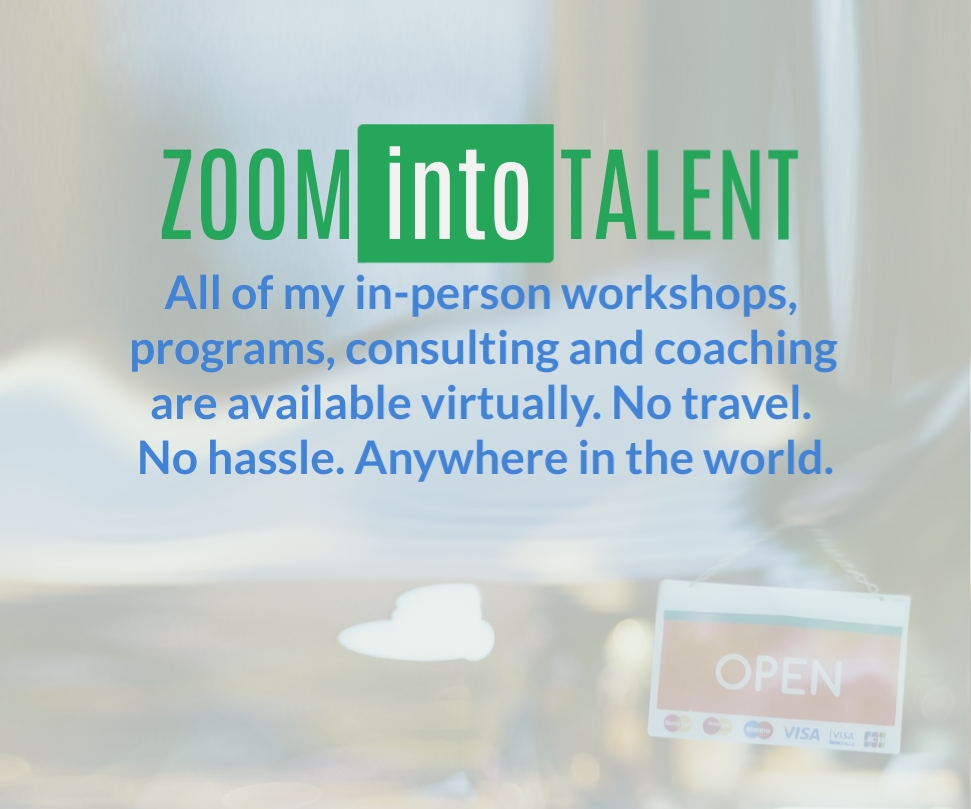It’s not much fun to record an interview then get back to the office to find it’s unusable. Here are some steps you should take to avoid this happening.
In Brief
- Prepare your equipment before you record
- Choose the right microphone
- Examine the acoustics and background noise at your location
- Consider legal issues you should consider
Recording content on location can give your podcast a powerful edge. Because audio is about your listener’s emotions, the sounds and noise outside your studio will bring the content to life. Plus, you can bring subject matters experts directly to your learners.
Get your levels right
When you record on location, you need to set the sound levels so your interviewee, or the sound you are recording, is clear and easy to distinguish.
To get the best sound, set recording levels manually and avoid the automatic gain control or automatic level control function.
There are different opinions about the best level to record your audio at. We generally recommend you record so that the levels average between -10db and -12 db.
Prepare Your Equipment
One of my former colleagues at BBC Production Training tells his trainees that boy scouts make the best camera operators.
You may remember their motto is “always be prepared”. His contention is that the best production operators are always well-prepared.
Always make sure everything you need is in your equipment case. Keep a checklist that you follow before heading out on location. Here are some things you should check:
- Fresh batteries, or inbuilt batteries are fully charged.
- Microphones and microphone cables. Don’t just check they are there but also that they are working.
- Make sure you an SD card PLUS a backup SD card. Make the card is not full because you’ll waste valuable time on location deleting old files.
- The address you need to get to.
Before you leave for the interview, check that all of your equipment works. Is the microphone good? How about the cable?
When you return, check all your equipment is with you.
Microphone distance
An easy mistake to make is holding the microphone at different distances for the guest and interviewer. When this happens, the interview sounds odd.
This is an easy mistake because it feels unnatural to thrust a microphone in someone’s else’s face, especially if you haven’t done it before. (Journalists get used to it.)
Aim to hold your mic about a foot away from your mouth and a foot away from your guest’s mouth. Check the levels to ensure they average between -10db and -12db.
B ackground noise and acoustics
ackground noise and acoustics
It’s essential to record your interviews with as little noise in the background as possible. Excessive background noise can distract learners from your content and increases the cognitive load.
If you do find yourself recording an interview at a busy location such as an airport, railway station or football stadium, do it in the quietest location possible. Is there are room off to the side?
Wear headphones as you record to monitor how loud the background noise is.
There is, of course, an argument for background noise. It helps pain the visual picture.
For example, if you’re doing a podcast about machinery, the clatter of wrenches dropping on the floor can make it more realistic.
However, it is best to record your guest with no background noise, then record the background noise separately, add it later when you edit the recording. This allows you to adjust how loud the background noise is.
Your room acoustics affect the sound too. Avoid rooms with echo. Rooms with parallel walls and shiny surfaces such as glass make echo very distracting. Echo is something you can’t remove in the edit.
So, record in rooms that have irregular shapes and walls and ceilings are not parallel. Avoid rooms with big windows and tile floors. (Rooms with carpet and drapes are best because they absorb the sound rather than reflect it.)
Background music
Just as it’s important to avoid background noise, it’s even more important to avoid music in the background. When it comes to editing, you may want to cut out part of a sentence.
If you have a music background, your listener will know you have cut out part of the sentence because the music track might skip a few bars. Or even a few words. Recording with music in the background really limits your editing possibilities.
Be Prepared
Benjamin Franklin famously said that if you fail to plan, you are effectively planning to fail. So be prepared before you go out to interview a subject matter expert or get audio on location.
![]()

![]()









Comments are closed.